Your search returned 54 results in the Category: social studies - canadian history.
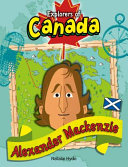
ALEXANDER MACKENZIE
By: natalie hyde | Published: August 2019
- ISBN
9781773085869 - Binding
Hardcover Canadian - Category
Social Studies - Canadian History
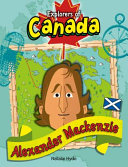
ALEXANDER MACKENZIE
By: natalie hyde | Published: August 2019
- ISBN
9781773086255 - Binding
Paperback Canadian - Category
Social Studies - Canadian History
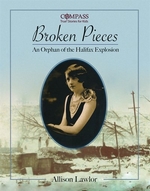
BROKEN PIECES - AN ORPHAN OF THE HALIFAX
By: allison lawlor | Published: November 2017
One hundred years ago, on December 6, 1917, the French munitions ship Mont Blanc collided with the Belgian relief vessel Imo in the Halifax Harbour.... [Read More]
One hundred years ago, on December 6, 1917, the French munitions ship Mont Blanc collided with the Belgian relief vessel Imo in the Halifax Harbour. At first, a small fire broke out aboard the Mont Blanc, which grew bigger crowds of people and emergency responders linded the shores of Halifax and Dartmouth to get a better look. Suddenly, the Mont Blanc's explosive cargo blew up, flattening homes and businesses, and triggering a tsunami. Amid the confusion and devastation that followed the blast was fourteen-year-old Barbara Orr, who had been walking from her neighbourhood in Richmond to a friend's house. Follow Barbara as she navigates post-explosion Halifax, learning about rescue efforts, the kindness of strangers, and the bravery of heroes like Vincent Coleman along the way. Part of the popular Compass series, this full-colour non-fiction book includes highlighted glossary terms, informative sidebars, over 50 illustrations and historical photographs, a detailed index, and recommended further reading. In commemoration of the tragic event's 100th anniversary, Broken Pieces is a great resource for young readers and educators.
- ISBN
9781771085151 - Binding
Paperback Canadian - Category
Social Studies - Canadian History
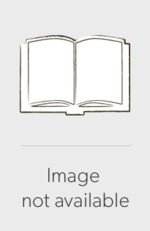
CANADA BECOMES A FEDERATION 1867-1879
By: thomas dirsa | Published: January 2018
- ISBN
9781773081120 - Binding
Hardcover Canadian - Category
Social Studies - Canadian History
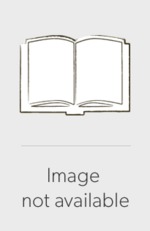
CANADA CHARTERS ITS FUTURE 1980-1993
By: laura murray | Published: January 2018
- ISBN
9781773081175 - Binding
Hardcover - Category
Social Studies - Canadian History
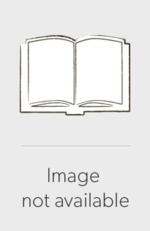
CANADA EXERCISES DIPLOMACY 1946-1959
By: emily oachs | Published: January 2018
- ISBN
9781773081151 - Binding
Hardcover - Category
Social Studies - Canadian History
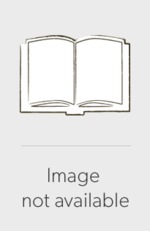
CANADA IN FLUX 1960-1979
By: julie kentner | Published: January 2018
- ISBN
9781773081168 - Binding
Hardcover Canadian - Category
Social Studies - Canadian History
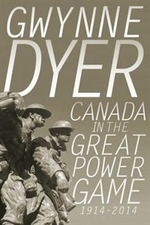
CANADA IN THE GREAT POWER GAME
By: gwynne dyer | Published: August 2014
Canada in the Great Power Game 1914-2014 is a serious contemplation of what it means to engage in major world conflicts, and the price we pay when we... [Read More]
Canada in the Great Power Game 1914-2014 is a serious contemplation of what it means to engage in major world conflicts, and the price we pay when we do. The First World War was Canada's baptism of fire, or at least the only one that people now remember. (Montrealers in 1776 or Torontonians in 1814 would have taken a different view.) From 1914 to 1918, after a century of peace, Canadians were plunged back into the old world of great power rivalries and great wars. So was everybody else, but Canadians were volunteers. We didn't have to fight, but we chose to, out of loyalty to ideas and institutions that today many of us no longer believe in. And we have been doing the same thing ever since, although we haven't quite given up on the latest set of ideas and institutions yet. In Canada in the Great Power Game, Gwynne Dyer moves back and forth between the seminal event, the First World War, and all the later conflicts that Canada chose to fight in. He draws parallels between these conflicts, with the same idealism among the young soldiers, and the same deeply conflicted emotions among the survivors, surfacing time and again in every war right down to Afghanistan. And in each case, the same arguments pro and con arise--mostly from people who are a long, safe way from the killing grounds--for every one of those "wars of choice." Echoing throughout the book are the voices of the people who lived through the wars: the veterans, the politicians, the historians, the eyewitnesses. And Dyer takes a number of so-called excursions from his historical account, in which he revisits the events and puts them in context, pausing to ask such questions as "What if we hadn't fought Hitler?" and "Is war written in our genes?" This entertaining and provocative book casts an unsparing eye over what happens when Canada and the great powers get in the war business, illuminating much about how we see ourselves on the world stage.
- ISBN
9780307361684 - Binding
Hardcover - Category
Social Studies - Canadian History
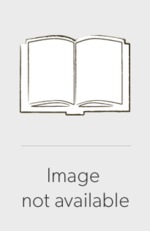
CANADA ON THE WORLD STAGE 1914-1945
By: julie kentner | Published: January 2018
- ISBN
9781773081144 - Binding
Hardcover Canadian - Category
Social Studies - Canadian History
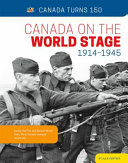
CANADA ON THE WORLD STAGE 1914-1945
By: julie kentner | Published: January 2018
Highlights important people and events that helped to shape Canada between 1914 and 1945.
- ISBN
9781773081731 - Binding
Paperback Canadian - Category
Social Studies - Canadian History

CANADA SERVES ITS PEOPLE 1994-2000
By: erin nicks | Published: January 2018
- ISBN
9781773081182 - Binding
Hardcover Canadian - Category
Social Studies - Canadian History
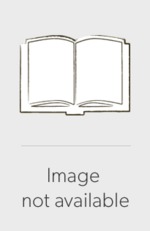
CANADA TODAY 2001-2017
By: erin nicks | Published: January 2018
- ISBN
9781773081786 - Binding
Hardcover Canadian - Category
Social Studies - Canadian History
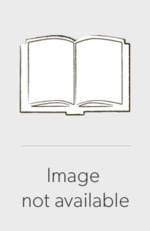
CANADA UNITES 1880-1913
By: allison lassieur | Published: January 2018
- ISBN
9781773081137 - Binding
Hardcover - Category
Social Studies - Canadian History
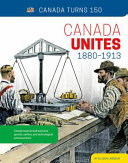
CANADA UNITES 1880-1913
By: allison lassieur | Published: January 2018
Highlights important people and events that helped to shape Canada between 1880 and 1913.
- ISBN
9781773081724 - Binding
Paperback - Category
Social Studies - Canadian History
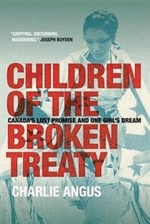
CHILDREN OF THE BROKEN TREATY
By: charlie angus | Published: August 2015
Children of the Broken Treaty exposes a system of apartheid in Canada that led to the largest youth-driven human rights movement in the country's... [Read More]
Children of the Broken Treaty exposes a system of apartheid in Canada that led to the largest youth-driven human rights movement in the country's history. The movement was inspired by Shannen Koostachin, a young Cree woman whom George Stroumboulopoulos named as one of "five teenage girls who kicked ass in history." All Shannen wanted was a decent education. She found an ally in Charlie Angus, who had no idea she was going to change his life and inspire others to change the country. Based on extensive documentation assembled from Freedom of Information requests, Angus establishes a dark, unbroken line that extends from the policies of John A. Macdonald to the government of today. He provides chilling insight into how Canada--through breaches of treaties, broken promises, and callous neglect--deliberately denied First Nations children their basic human rights.
- ISBN
9780889774018 - Binding
Paperback Canadian - Category
Social Studies - Canadian History
